Choosing the right ski size is crucial for a safe and enjoyable experience on the slopes. Here's a quick guide to help you find the best ski length for your height, skill level, and terrain preferences.
Key Points:
- Traditional Ski Sizing: Skis should generally fall between your chin and the top of your head.
- Short Skis by Snowfeet*: Ranging from 44 cm to 120 cm, these are designed for better control and easier handling.
- Skill Level Adjustments: Beginners should opt for shorter skis, while experts may prefer slightly longer ones for stability.
- Weight Considerations: Heavier skiers do better with longer skis; lighter skiers may find shorter skis easier to manage.
Quick Comparison:
| Model | Length | Best For | Price |
|---|---|---|---|
| 44 cm Skiskates | 44 cm | Tricks, tight turns, groomed snow | $330 |
| 65 cm Skiblades | 65 cm | Beginners, easy learning | $400 |
| 99 cm Skiblades | 99 cm | Mixed terrain, versatile carving | $450 |
| 120 cm Short Skis | 120 cm | Experts, speed, steep slopes | $650 |
Pro Tips:
- Shorter skis are easier to control and great for beginners.
- Regular waxing and edge maintenance are essential for optimal performance.
- Snowfeet* skis are compatible with various footwear, including snowboard boots.
Whether you're a beginner or an expert, Snowfeet* offers ski options tailored to your needs, making skiing more accessible and enjoyable.
Ski Sizing - What Size Skis do I Need? || REI
Ski Size Guide by Height
Choosing the right ski length for your height plays a big role in how comfortable and confident you feel on the slopes. Traditional ski sizing often focuses on height-based guidelines, but Snowfeet* has shaken things up with their short ski designs that prioritize ease of use and adaptability.
Standard Ski Length Chart
Traditionally, ski sizing suggests that your skis should fall somewhere between your chin and the top of your head [1]. Here's a quick reference for traditional ski lengths based on height:
| Your Height | Recommended Traditional Ski Length |
|---|---|
| 5'0" (152 cm) | 135–155 cm |
| 5'4" (163 cm) | 150–170 cm |
| 5'8" (173 cm) | 160–180 cm |
| 6'0" (183 cm) | 170–190 cm |
| 6'4" (193 cm) | 180–200 cm |
Snowfeet* takes a different approach, offering short skis that range from compact 44 cm Skiskates to 120 cm Short Skis. These designs prove that you don’t need long skis to enjoy skiing [2]. As the Snowfeet* team puts it:
"Don't let the ski manufacturers confuse you anymore with the difficult process of selecting the skis. It doesn't have to be like this. You don't need to be an expert to enjoy skiing. Skiing can be fun from the process of selecting the perfect skis all the way up to the top of the slope." [2]
But height is just one piece of the puzzle - your skill level and weight also play a part in finding the perfect fit.
Adjusting for Skill and Weight
Skill level and body weight are key factors when determining ski length. If you're a beginner, it's a good idea to subtract about 10 cm from the height-based recommendation for better control. On the other hand, experts might prefer adding 5 cm for greater stability at higher speeds [4]. Heavier skiers generally do better with longer skis, while lighter skiers may find shorter ones easier to handle [2].
Snowfeet* Product Range
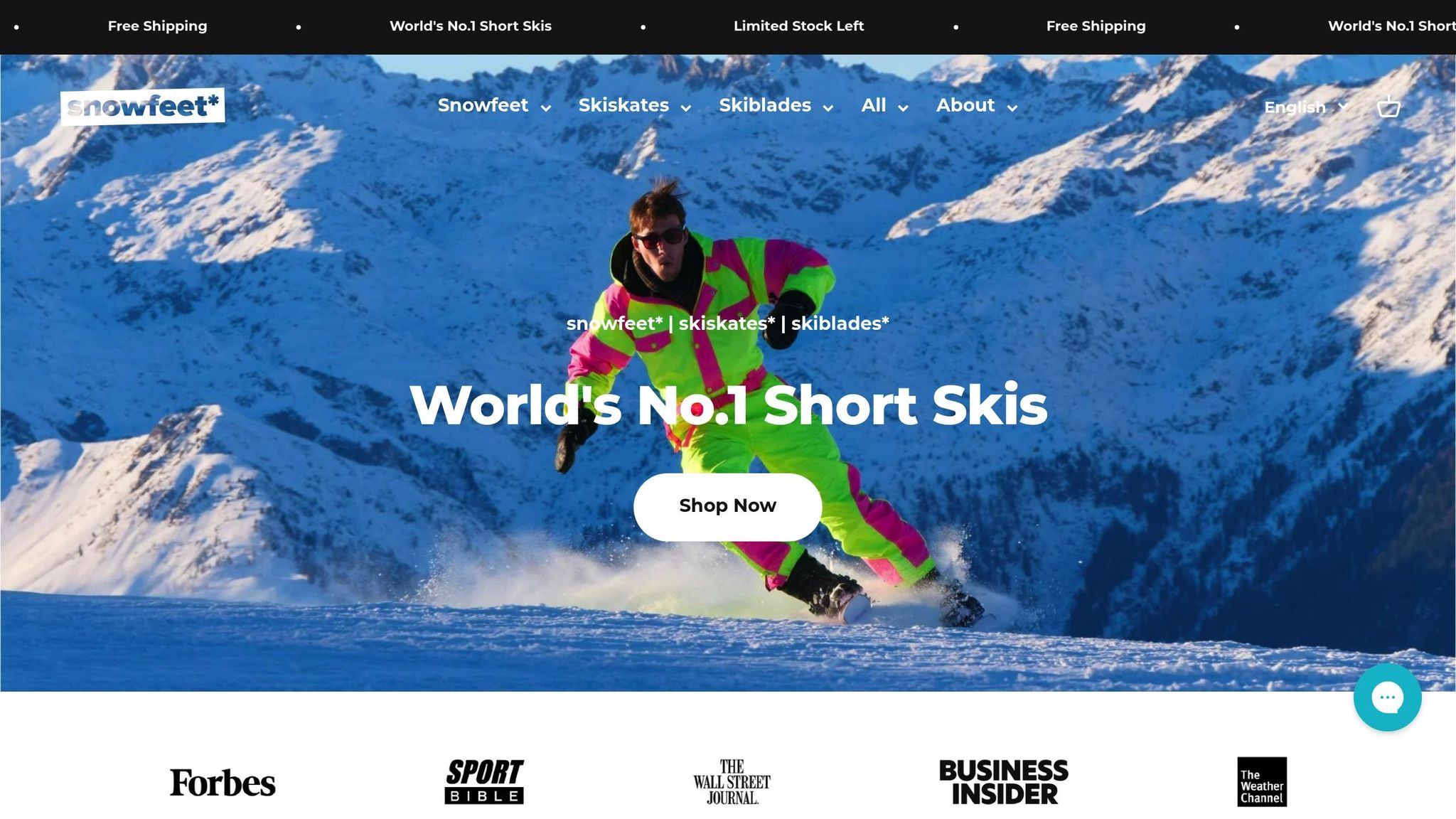
Snowfeet* takes ski sizing to a new level, offering short skis that strike a perfect balance between agility and stability. Building on the connection between ski length and performance, their product lineup ensures every skier can enjoy optimal control. Let’s dive into the details of each model to find the best match for your skiing style and preferred terrain.
44 cm Skiskates for Tricks
Compact and precise, the 44 cm Skiskates are priced starting at $330. Built with a wood core, these skates are designed for sharp turns and quick maneuvers. They shine in:
- Tight and precise turns
- Packed or groomed snow
- Resort terrain parks
- Skiing in confined areas
65 cm Skiblades for New Skiers
If you’re new to skiing and want something easy to control, the 65 cm Skiblades are a great choice. Starting at $400, these blades are designed to simplify learning with features like:
| Feature | Benefit |
|---|---|
| Shorter Length | Makes turning easier |
| Metal Edges | Provides better control on groomed runs |
| Adjustable Bindings | Fits a range of boot sizes |
| Lightweight Design | Reduces fatigue as you learn |
99 cm Skiblades for Mixed Terrain
For skiers looking to explore a variety of conditions, the 99 cm Skiblades are a versatile option. Starting at $450, they’re perfect for:
- Groomed trails
- Moderate slopes
- Packed powder
- Long carving runs
120 cm Short Skis for Expert Use
The 120 cm Short Skis, priced at $650, cater to advanced skiers seeking speed and stability. While maintaining Snowfeet*’s signature maneuverability, these skis excel in:
- Steep and challenging slopes
- Powder up to 10 cm (4 in) deep [5]
- High-speed carving
- Long, extended runs at resorts
To keep your Snowfeet* skis performing their best, don’t forget the basics: regular waxing helps with glide and prevents snow from sticking, while maintaining sharp metal edges ensures compliance with resort standards [5].
sbb-itb-17ade95
How to Pick Your Snowfeet* Size
Size by Skill Level
Your skiing experience plays a major role in choosing the right Snowfeet* model. Here's a quick guide to match your skill level with the ideal option:
| Skill Level | Recommended Model | Best For |
|---|---|---|
| Beginner | 65 cm Skiblades | Easy learning on groomed slopes |
| Intermediate | 99 cm Skiblades | Versatile carving across all-mountain terrain |
| Advanced | 44 cm Skiskates | Tricks and quick maneuvers on groomed slopes |
| Expert | 120 cm Short Skis | High-speed runs and challenging conditions |
To refine your choice, also consider the type of snow you'll encounter.
Best Uses by Snow Type
Different snow types can significantly affect performance. Here's a breakdown of which models excel in various conditions:
Groomed Slopes
- The 44 cm Skiskates and 65 cm Skiblades work best for packed, groomed surfaces.
Powder Snow
- The 120 cm Short Skis provide excellent flotation, making them perfect for fresh powder.
Icy Conditions
- Regular waxing is key to maintaining optimal performance on icy terrain.
Notably, the 99 cm Skiblades have received glowing feedback, earning a perfect 5.0/5 rating from 96 verified reviews [6] for their adaptability across different conditions.
Size Adjustments for Body Type
Your body build is another critical factor when picking the right model. Weight, in particular, can guide your selection:
- Lighter riders often prefer the 44 cm or 65 cm models for their easier control.
- Average builds are typically well-suited for the 99 cm models.
- Heavier riders benefit from the added stability of the 120 cm models.
Allyson Brown, skiing at Keystone Resort in May 2025, highlighted the ease of handling shorter models on beginner-friendly slopes. She also appreciated their portability and how convenient they are for chairlifts [7].
For older or heavier skiers, shorter models can offer better stability and a more manageable experience.
Final Tips for Snowfeet* Selection
Now that you've explored size charts and product details, here are some final pointers to help you make the best choice.
Pick the Snowfeet* model that aligns with your goals. If you're venturing into deeper powder or tackling ungroomed terrain, a longer model might give you better performance and stability.
Quick Decision Guide:
- Beginners: The 65 cm Skiblades are perfect for control and stability.
- Intermediate riders: The 99 cm Skiblades offer a balanced ride suited for advancing skills. [8]
Your height and the type of snow you'll encounter are also important considerations.
Height Considerations: While traditional skis are typically longer (e.g., a 5'8" skier might use 160–170 cm skis), Snowfeet* are designed shorter to boost control and help maintain proper form.
Essential Maintenance Tips: Keep your Snowfeet* in top shape with these care practices:
- Store them in a dry area when not in use.
- Wax them regularly for smooth gliding, especially on icy surfaces.
- Choose the right length for your usual terrain - shorter for groomed trails, longer for mixed conditions. [8]
One more thing to love: Snowfeet* models are compatible with various footwear, including winter shoes and snowboard boots, making them a versatile choice for all kinds of snow adventures. [3]
FAQs
How do I pick the right Snowfeet ski size based on my skill level and terrain preferences?
Choosing the right Snowfeet ski size depends largely on your skill level and the type of terrain you enjoy.
Beginners will find shorter models, like the 65 cm Skiblades, ideal. These are easier to handle and highly responsive, making them perfect for building confidence and learning the basics. Intermediate skiers might lean toward the 99 cm option, which offers a good mix of stability and flexibility, allowing for smooth performance across different terrains. For advanced skiers craving speed and precision, the 120 cm model delivers excellent performance on both groomed runs and powder.
Snowfeet skis truly excel in freestyle and park environments. Their compact design makes quick turns and tricks feel effortless. Unlike traditional ski brands such as Rossignol or Atomic, which often prioritize longer skis tailored for high-speed cruising on groomed trails, Snowfeet stands out for its versatility and nimbleness, offering a more dynamic and playful skiing experience.
What makes Snowfeet's shorter skis better than traditional long skis?
Snowfeet's shorter skis, like skiblades and skiskates, bring a whole new vibe to the slopes compared to traditional long skis. Their compact design makes them incredibly easy to handle, so weaving through tight moguls or navigating terrain parks becomes a breeze. This nimbleness is perfect for beginners or anyone craving a more playful and energetic skiing experience.
Another plus? These shorter skis are light and adaptable, making them great for trying out tricks or experimenting with different skiing techniques. Many models feature a wider shape at the tips and tails, which boosts balance and stability - ideal for skiers who want something approachable and fun without the intense speed focus of standard long skis. Whether you're stepping onto the snow for the first time or looking to spice up your runs with creativity, Snowfeet's shorter skis offer an exciting alternative.
How do I take care of my Snowfeet skis to keep them performing well in all snow conditions?
To ensure your Snowfeet skis remain in great condition and perform well in all snow conditions, stick to these key maintenance tips:
- Wax your skis often: Apply ski wax every 4–6 days of use. If you're skiing on icy or rough terrain, consider doing this more frequently. Waxing keeps the base smooth and helps your skis glide effortlessly.
- Sharpen the edges: Use a file or stone to keep the edges sharp. This enhances control, stability, and carving ability, particularly on harder or icy snow.
- Inspect the bindings: Regularly check and adjust your bindings to suit your weight and skill level. Properly maintained bindings are crucial for both safety and performance.
By taking care of your Snowfeet skis, you'll enjoy a smoother and more reliable ride, no matter the terrain.

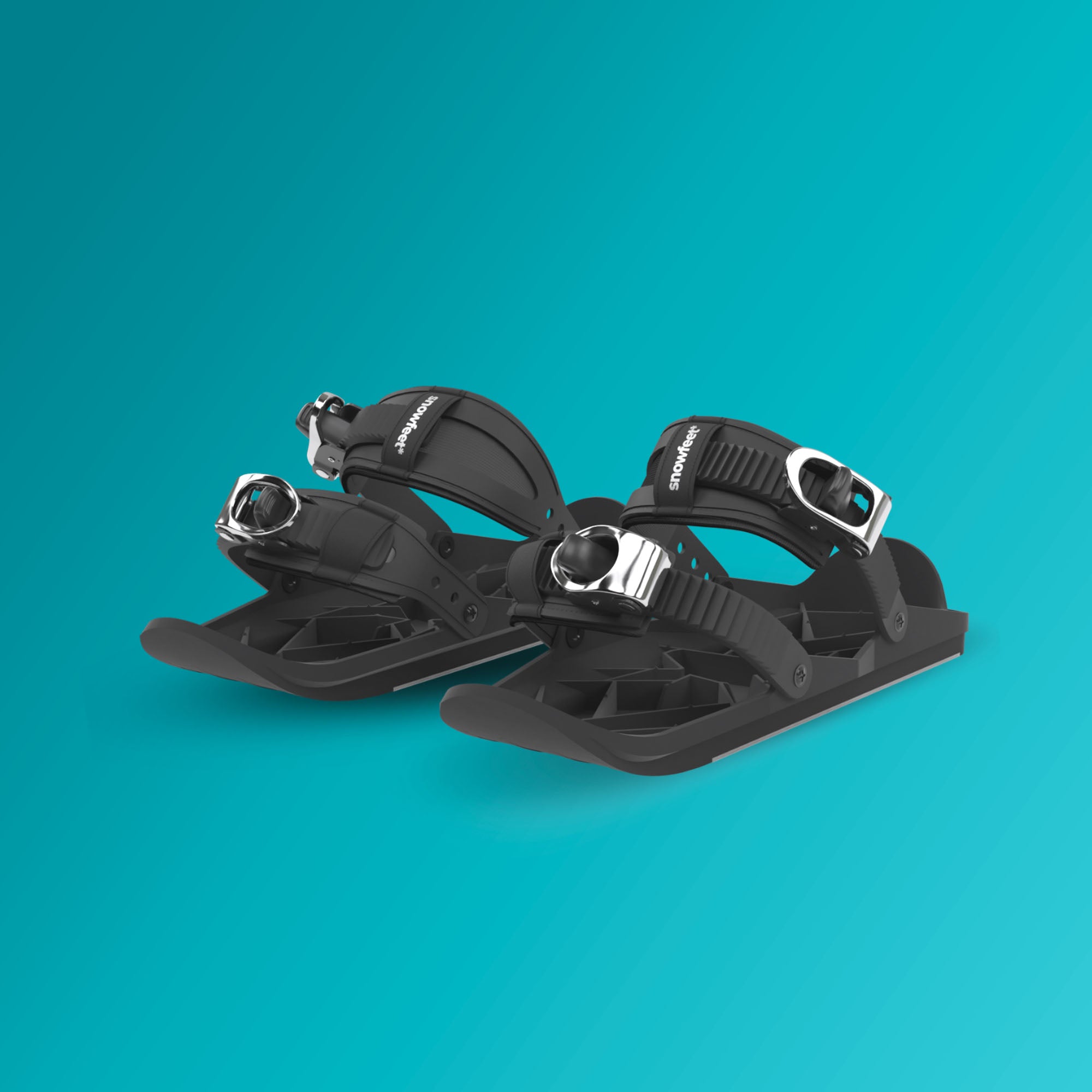



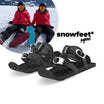
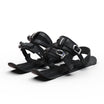
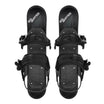


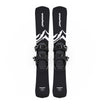
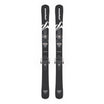
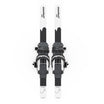
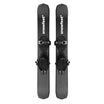
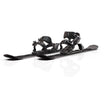
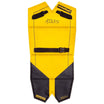

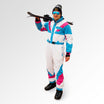
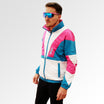
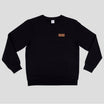
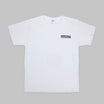
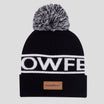
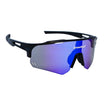
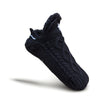
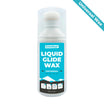
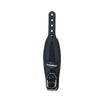
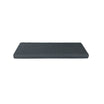
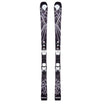

![Ski Size by Height Chart [2025]: Find Your Perfect Length - snowfeet*](http://www.snowfeetstore.com/cdn/shop/articles/ski-size-by-height-chart-2025-find-your-perfect-length-270682.jpg?v=1748156745&width=1500)

![Summit Skiboards: The Ultimate Guide & Review [2025] - snowfeet*](http://www.snowfeetstore.com/cdn/shop/articles/summit-skiboards-the-ultimate-guide-review-2025-105431.jpg?v=1748156749&width=1536)
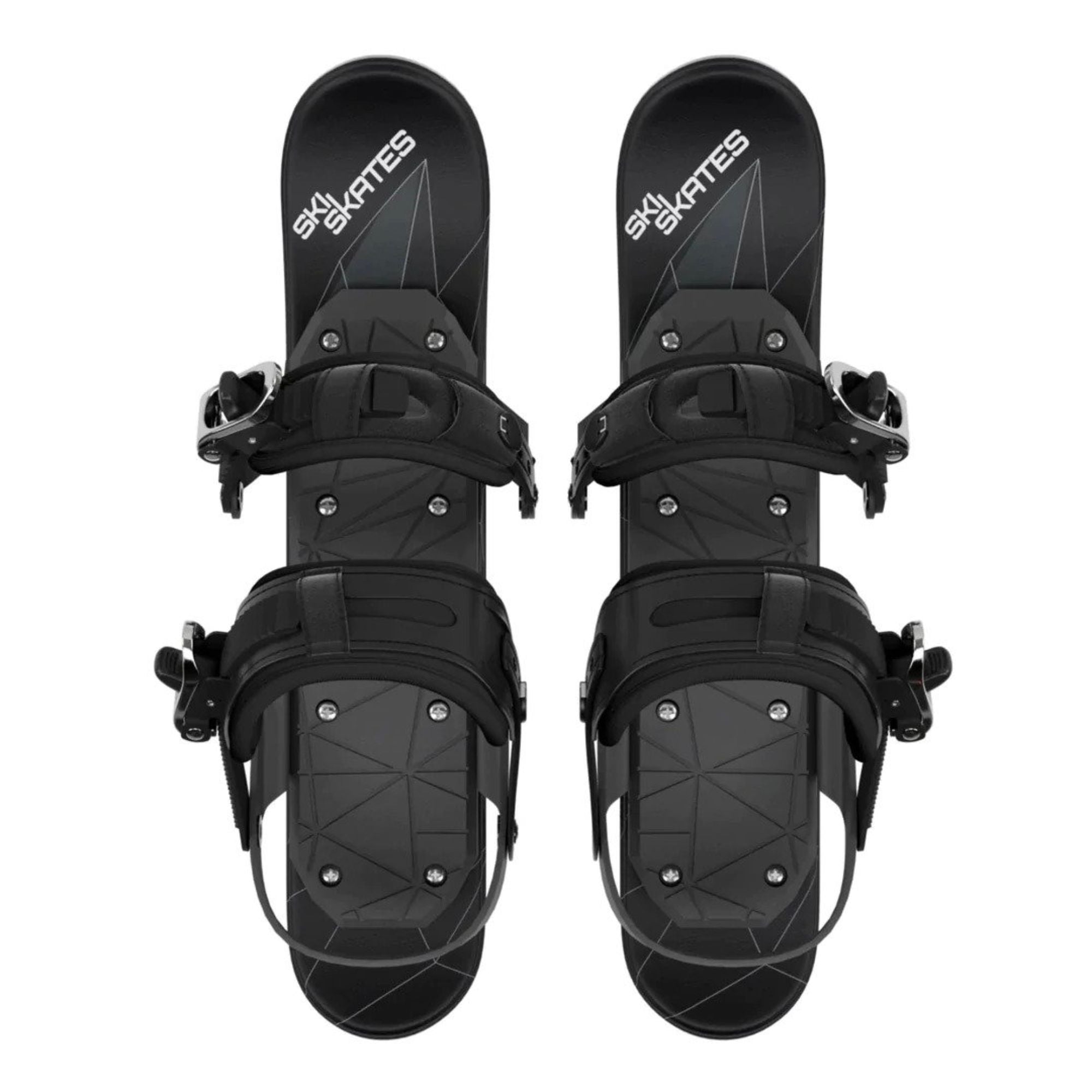
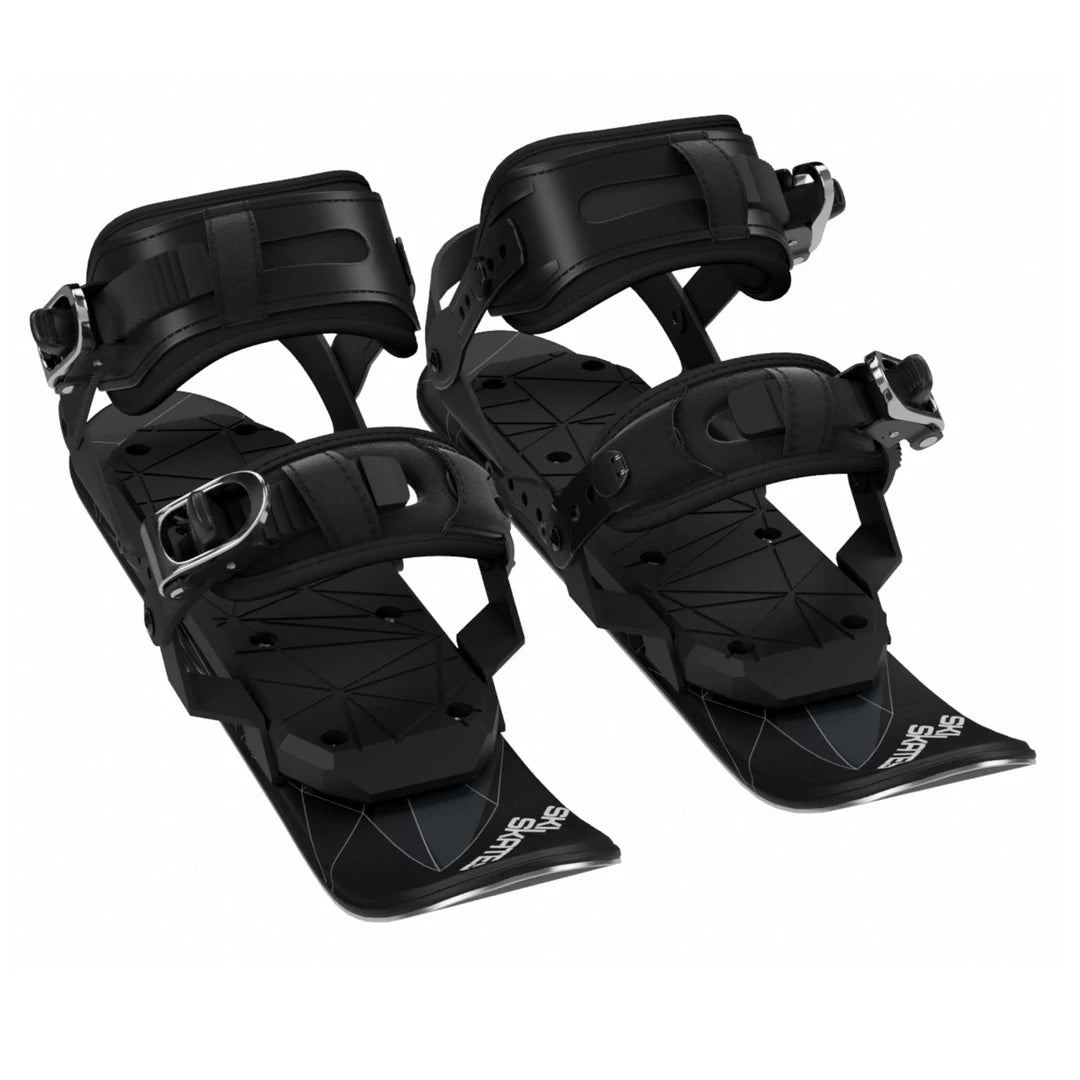
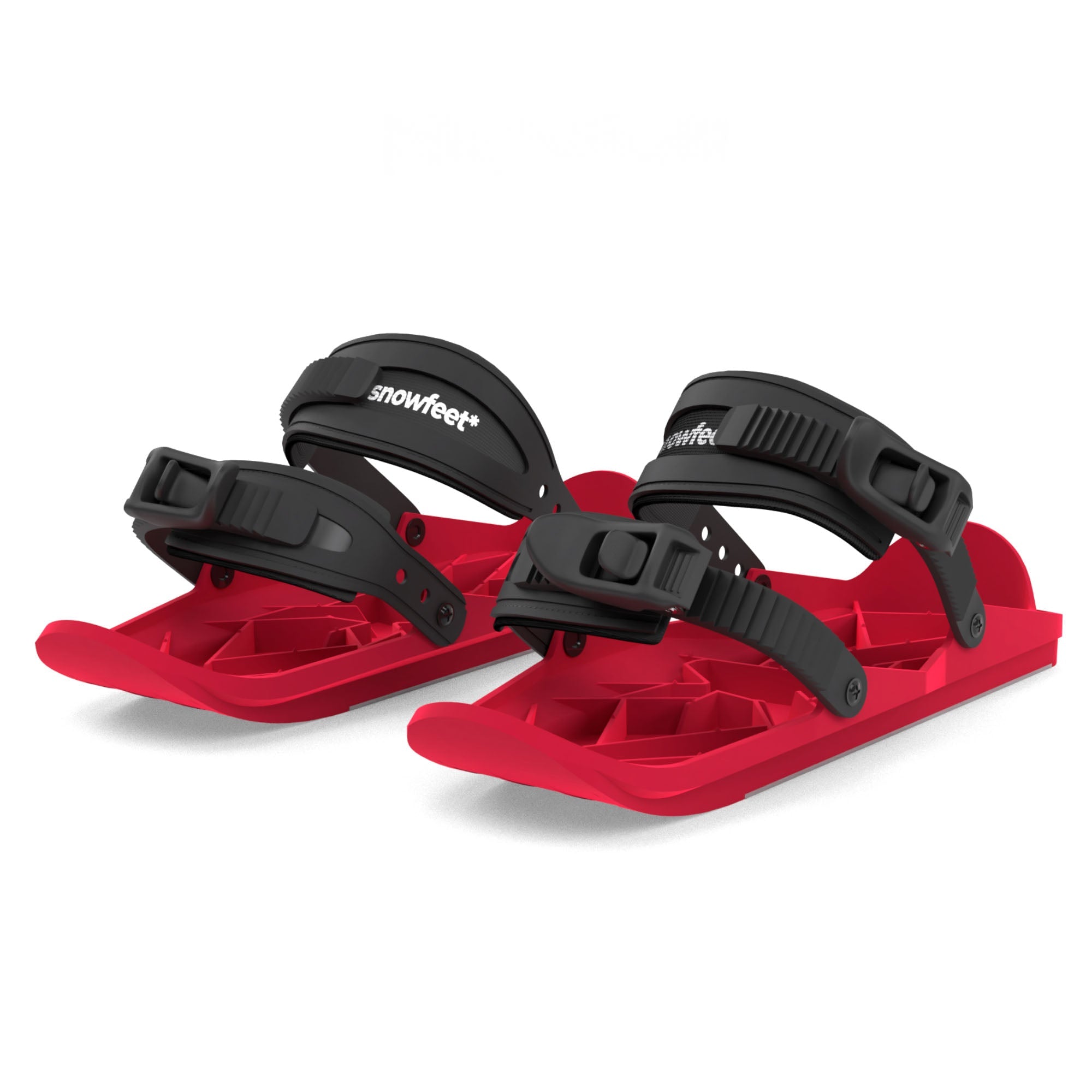
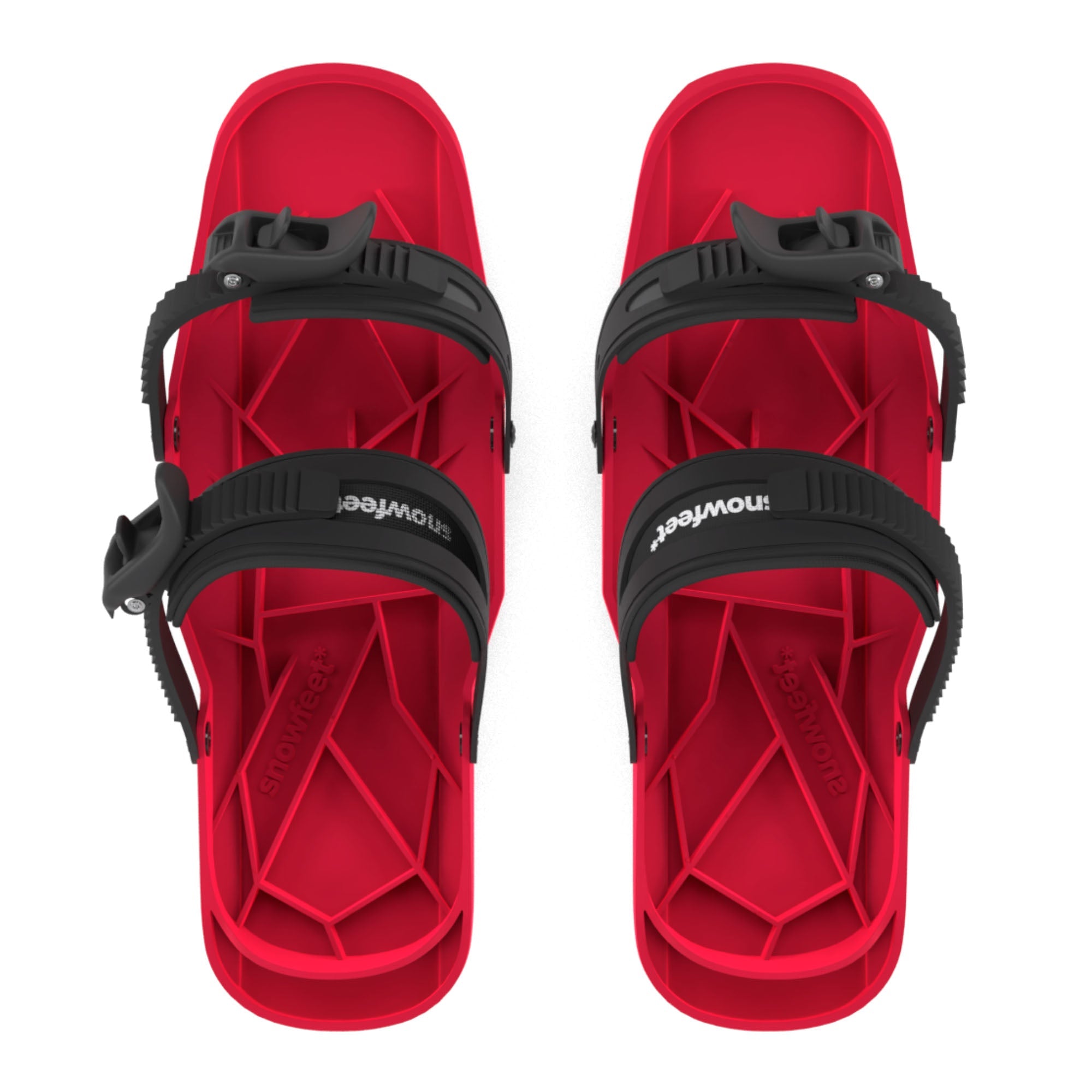




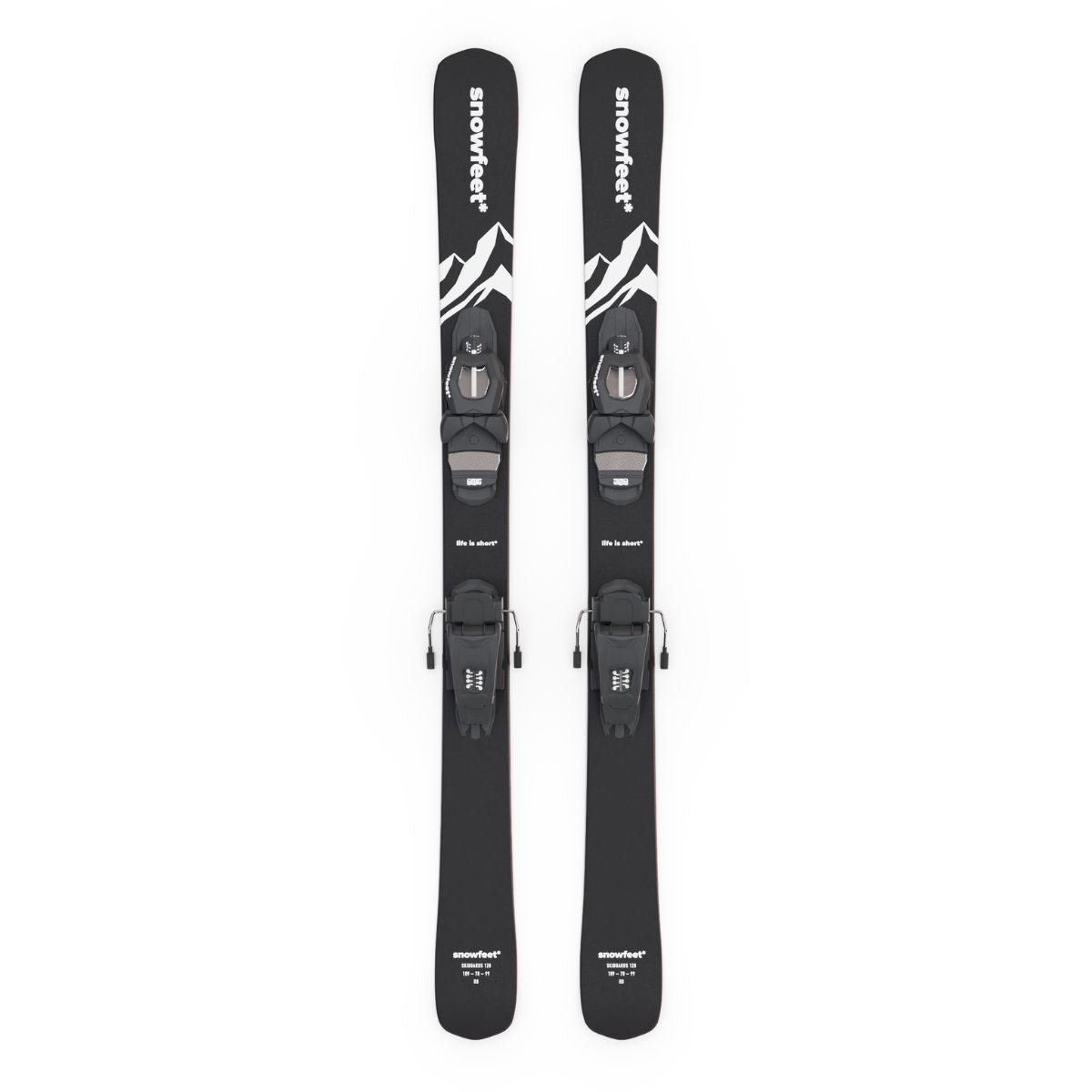
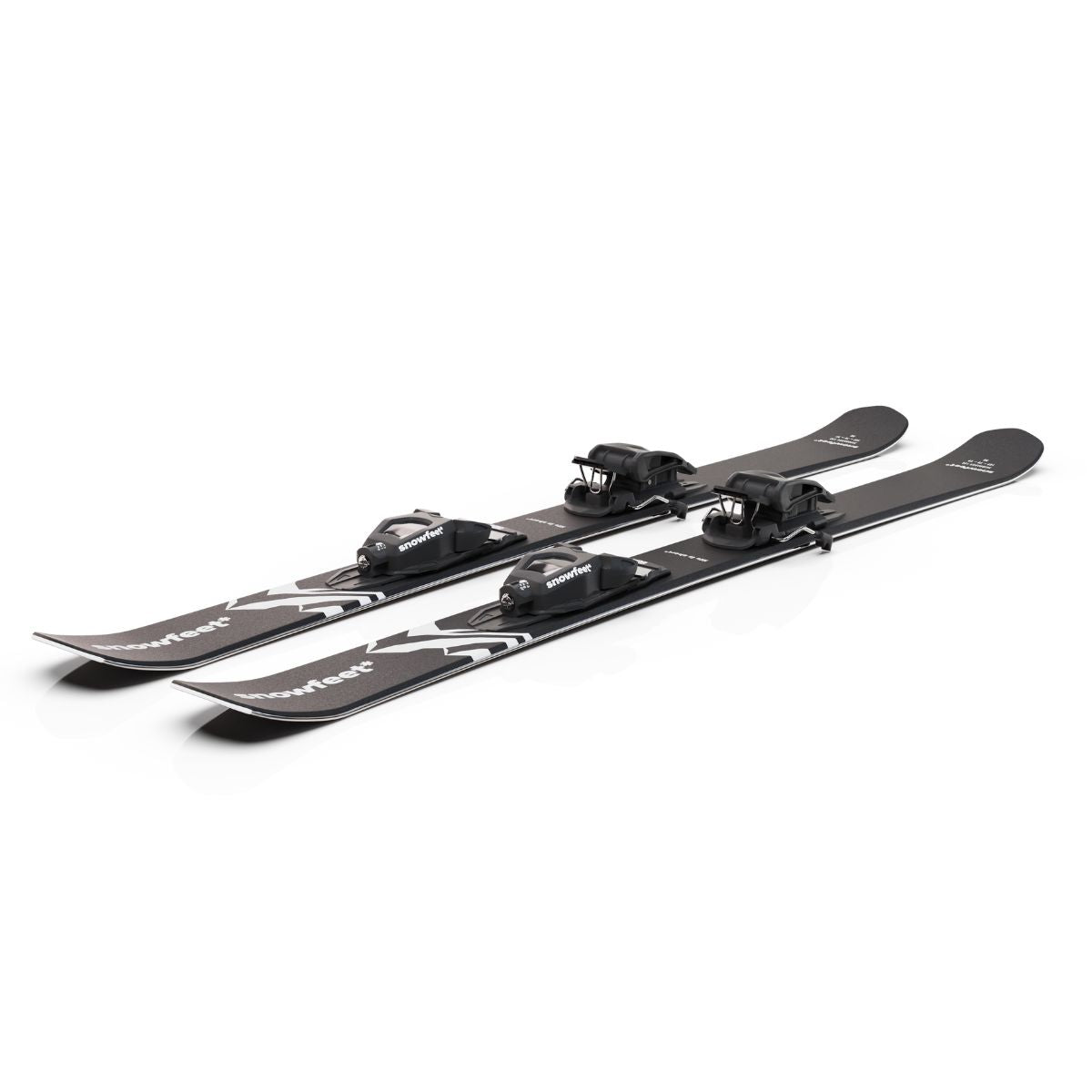
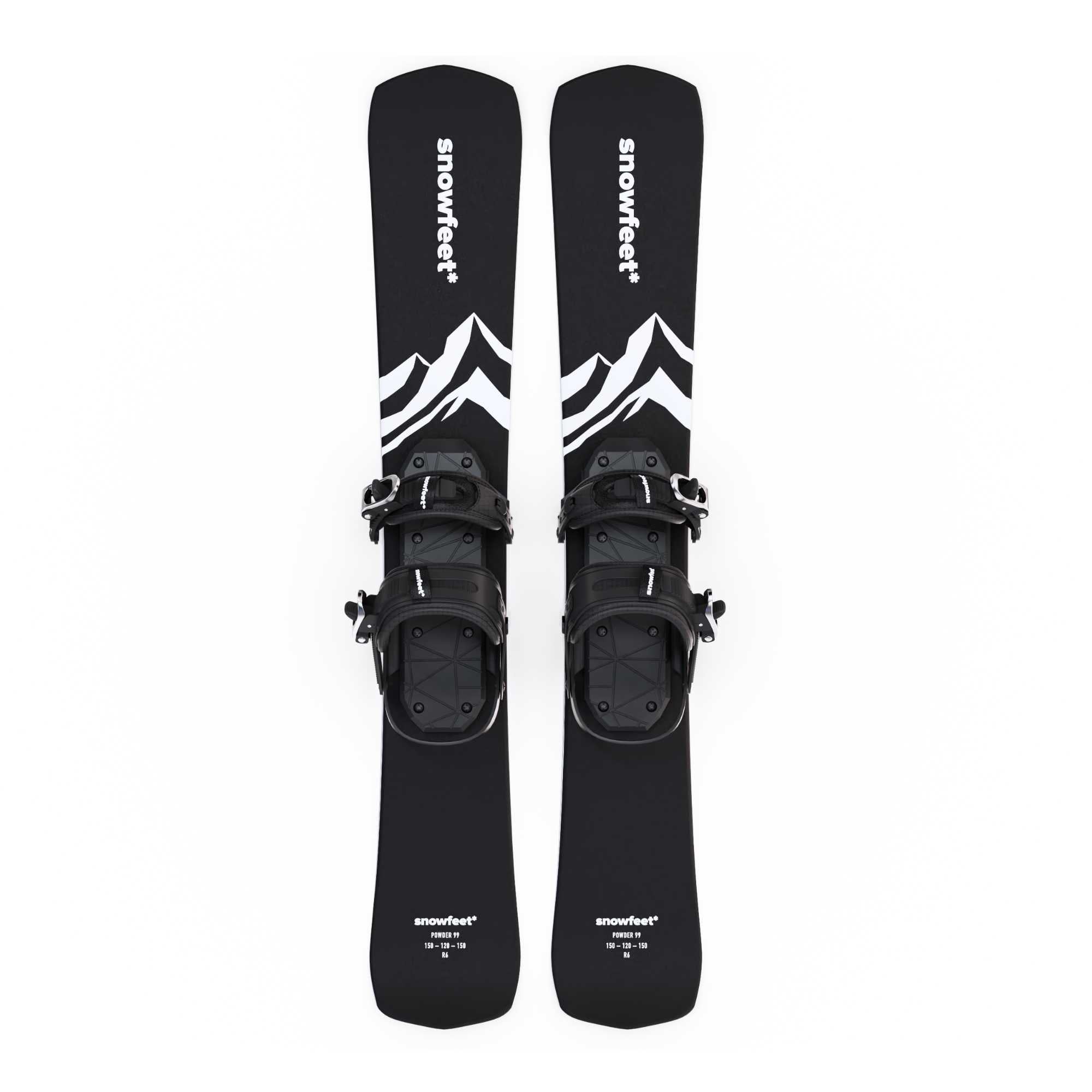
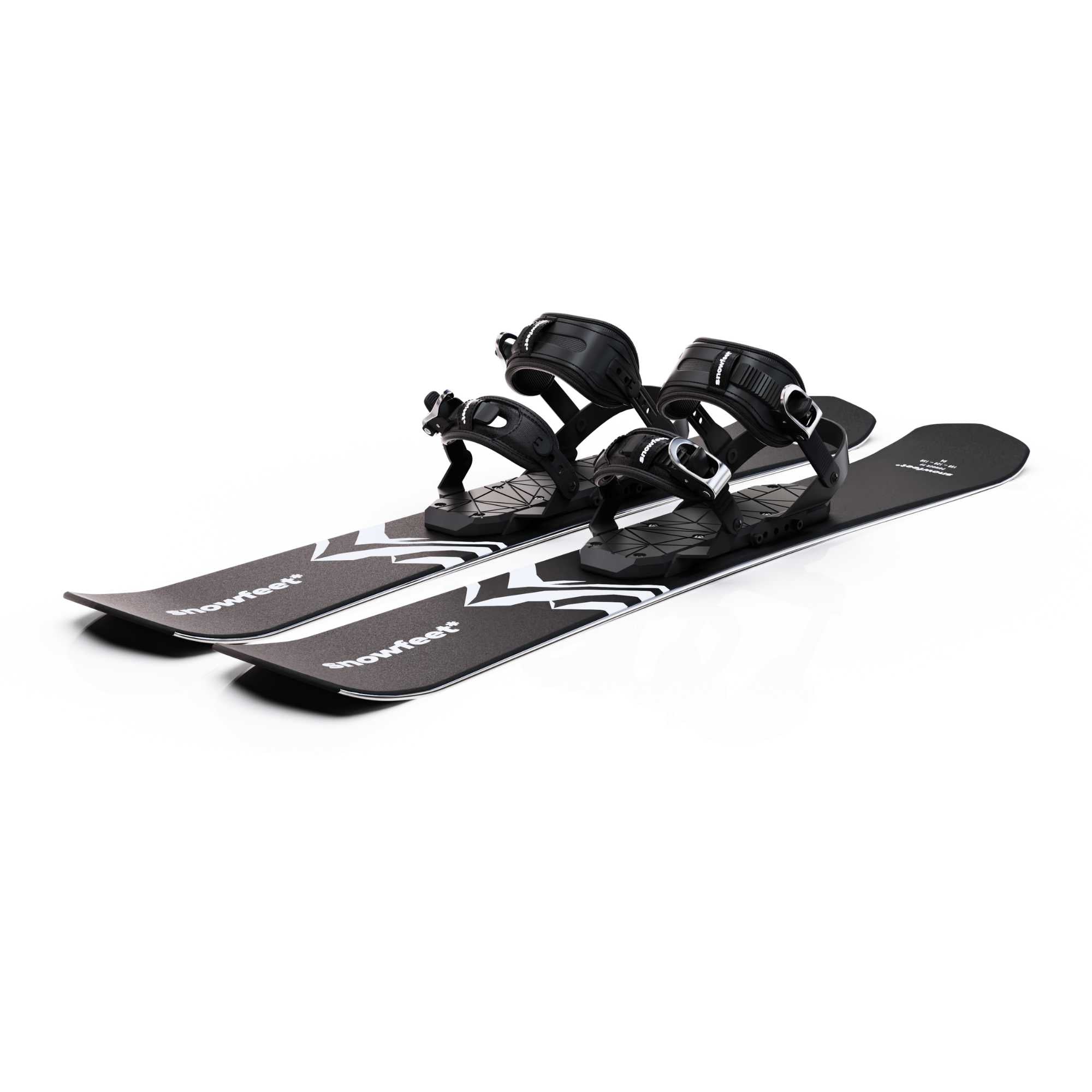
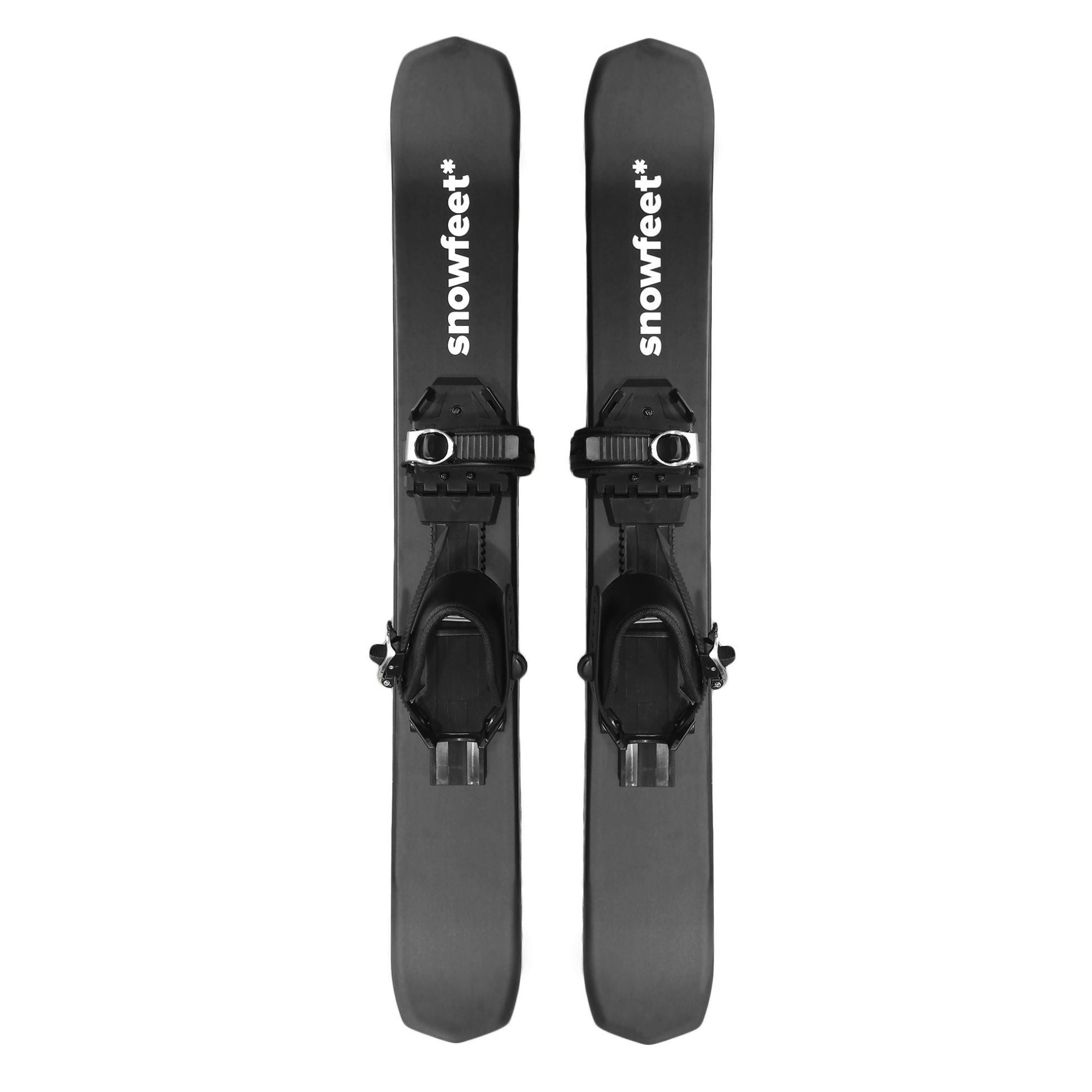
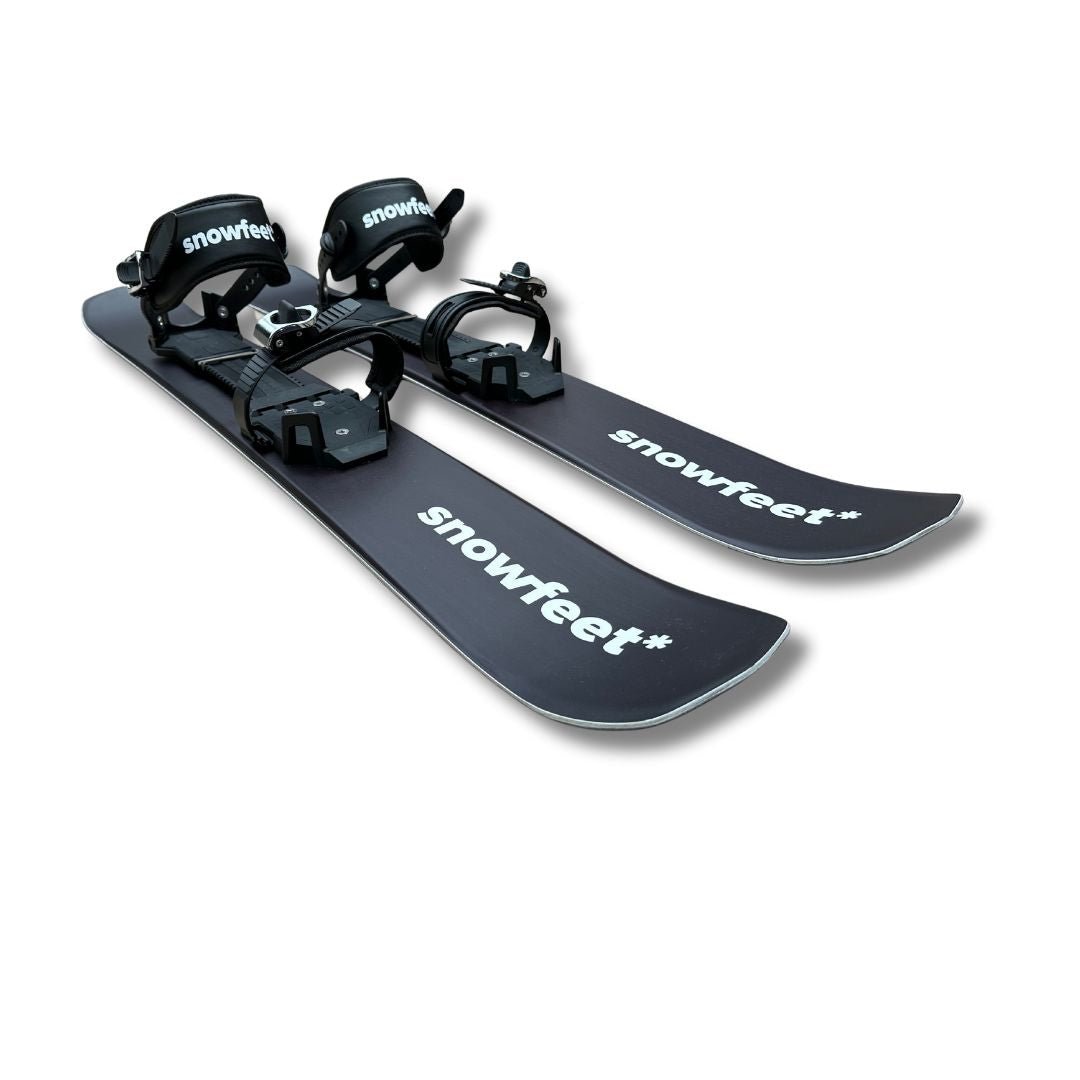
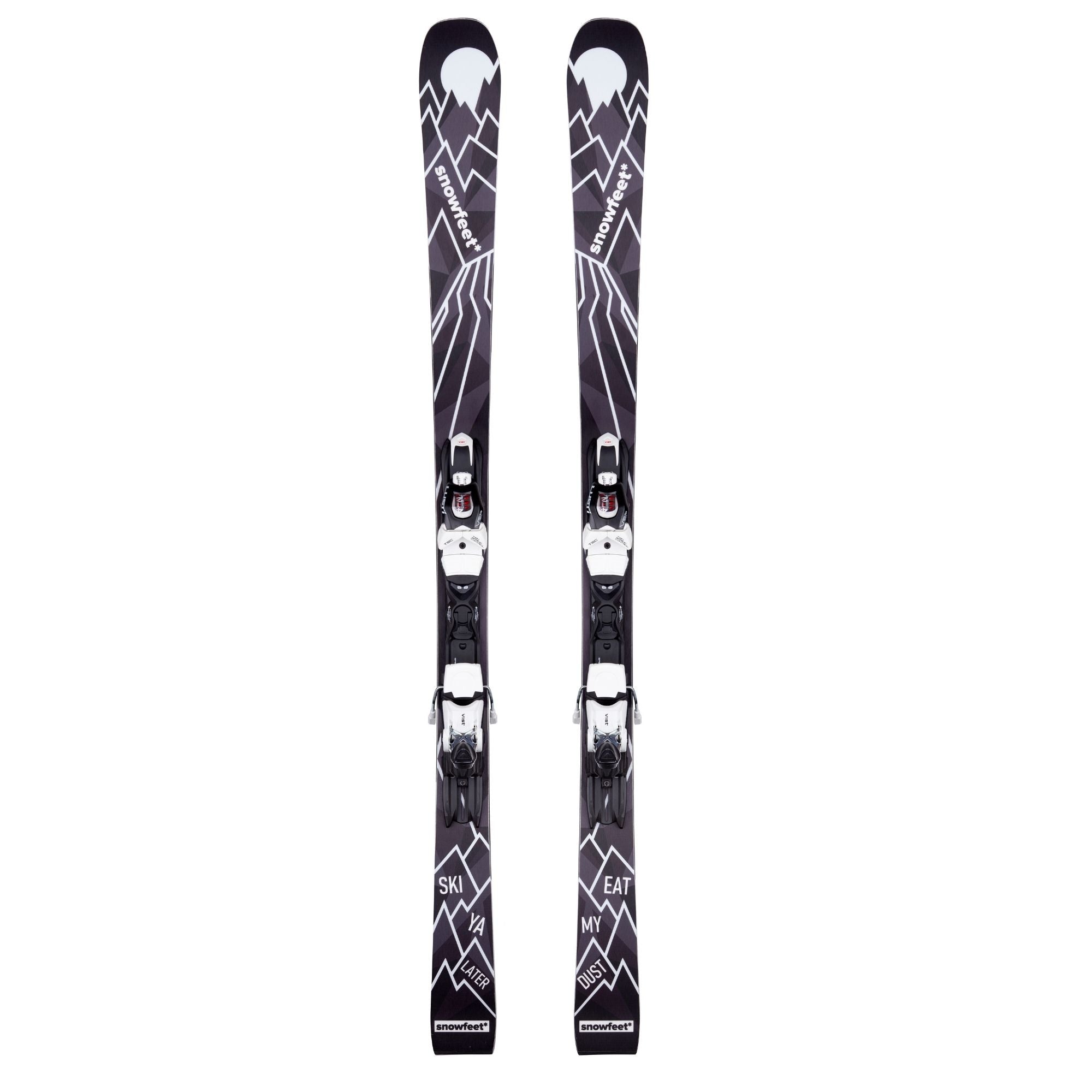
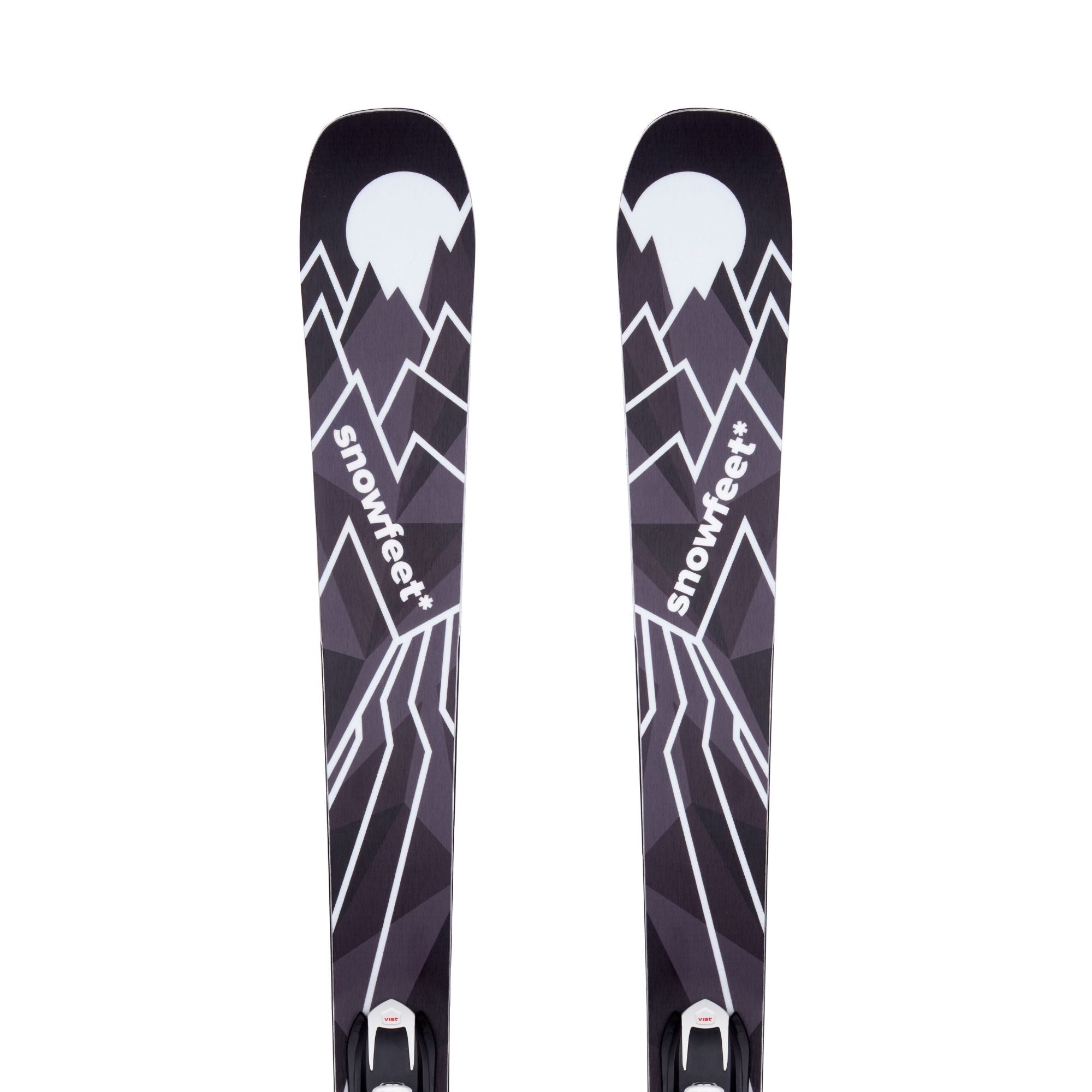
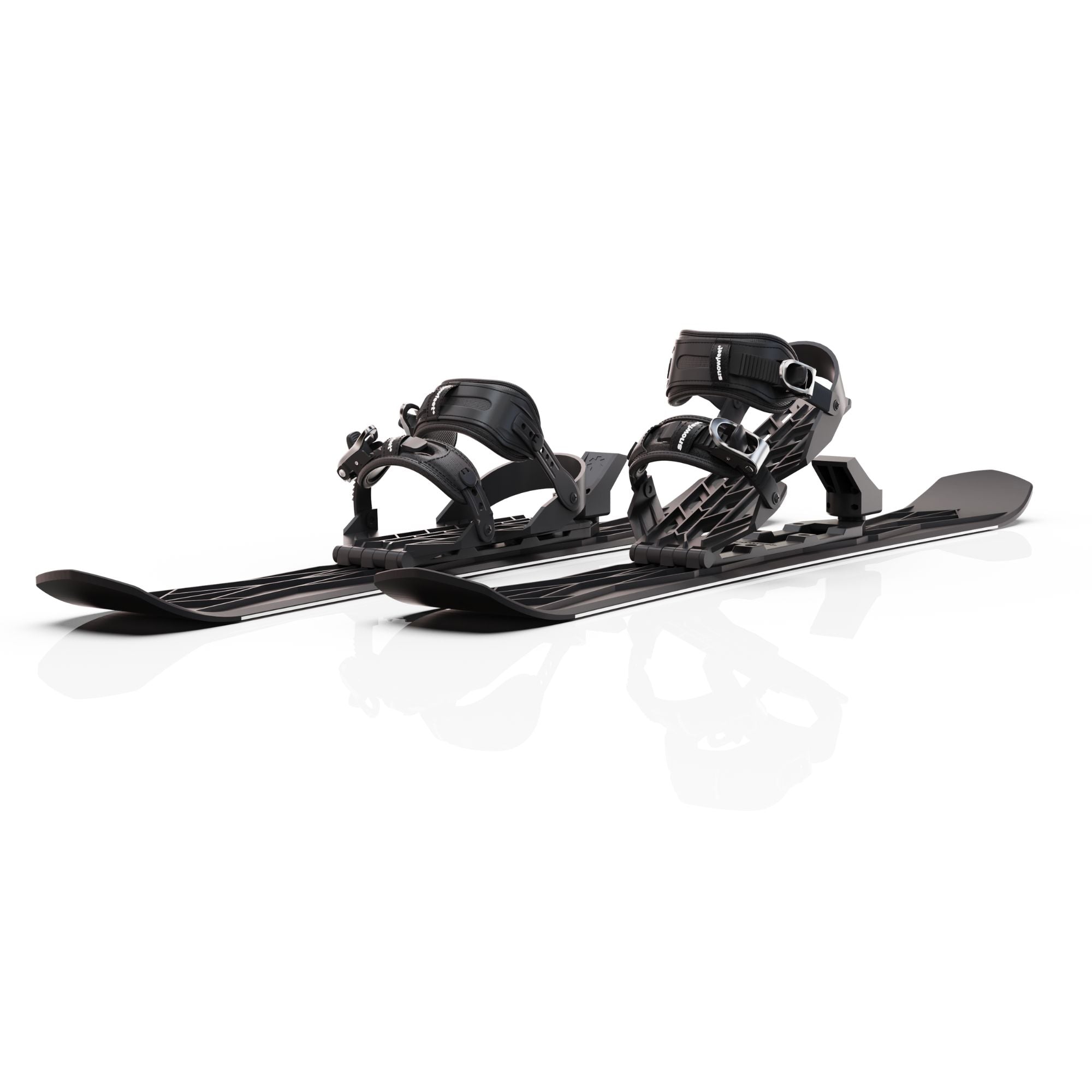

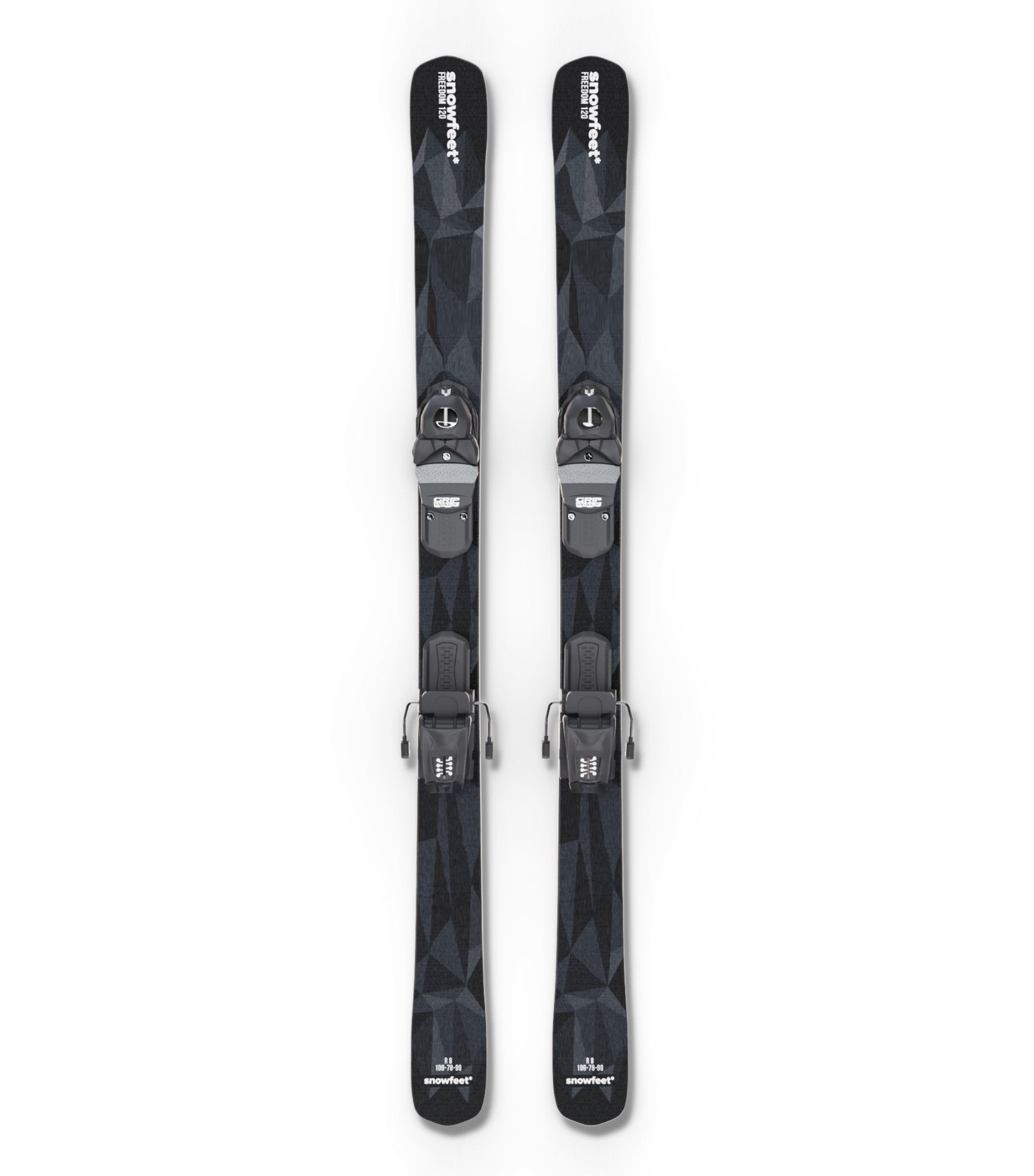
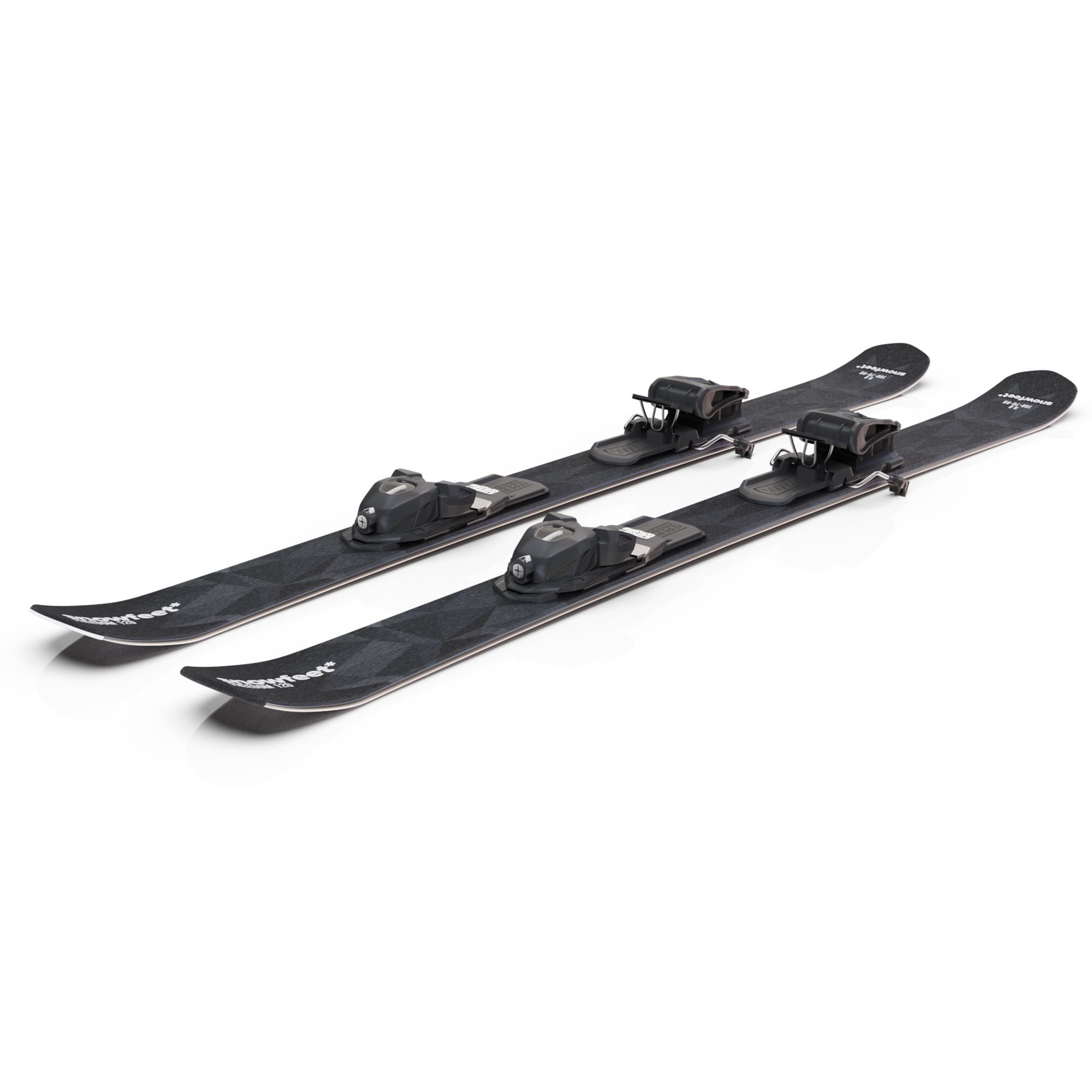
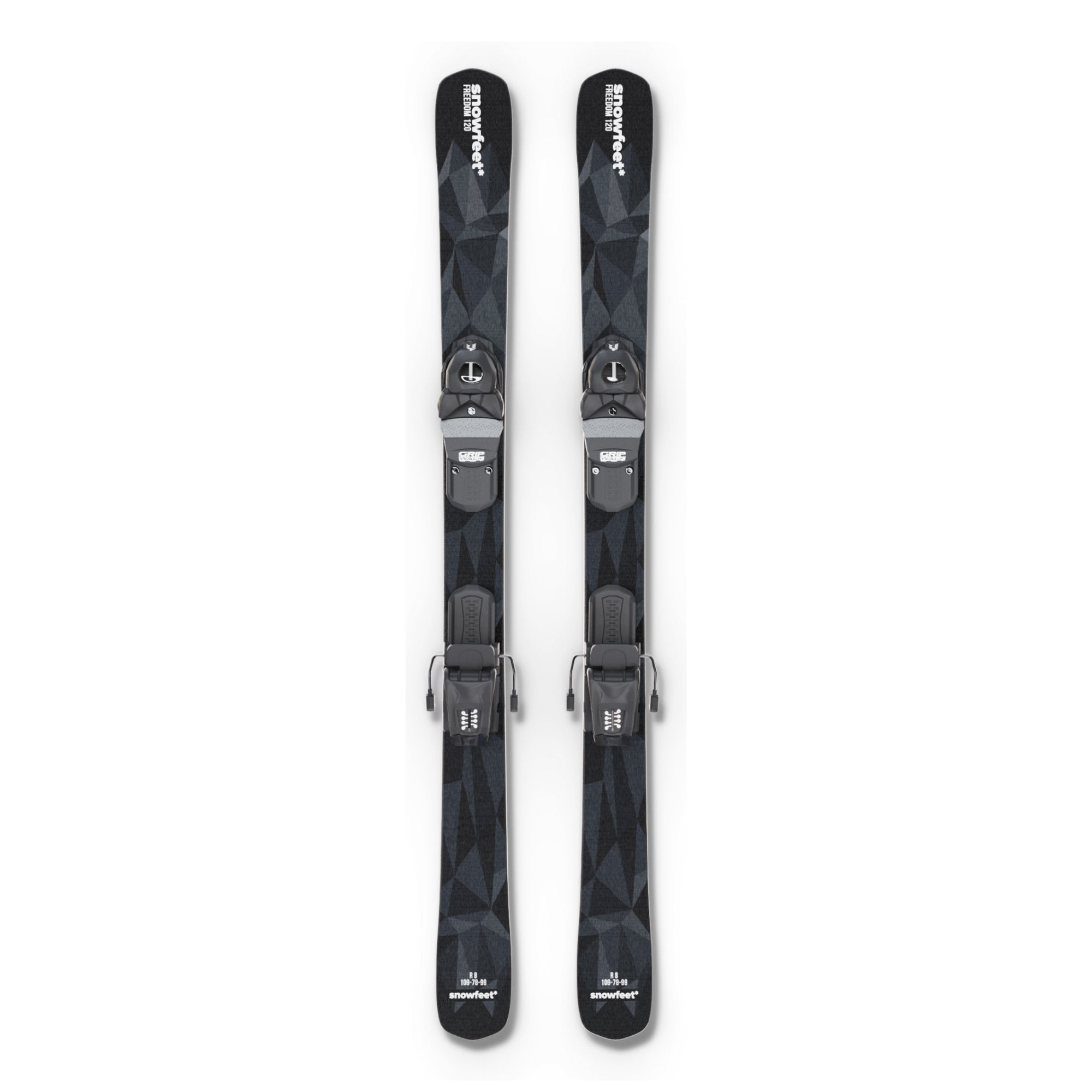
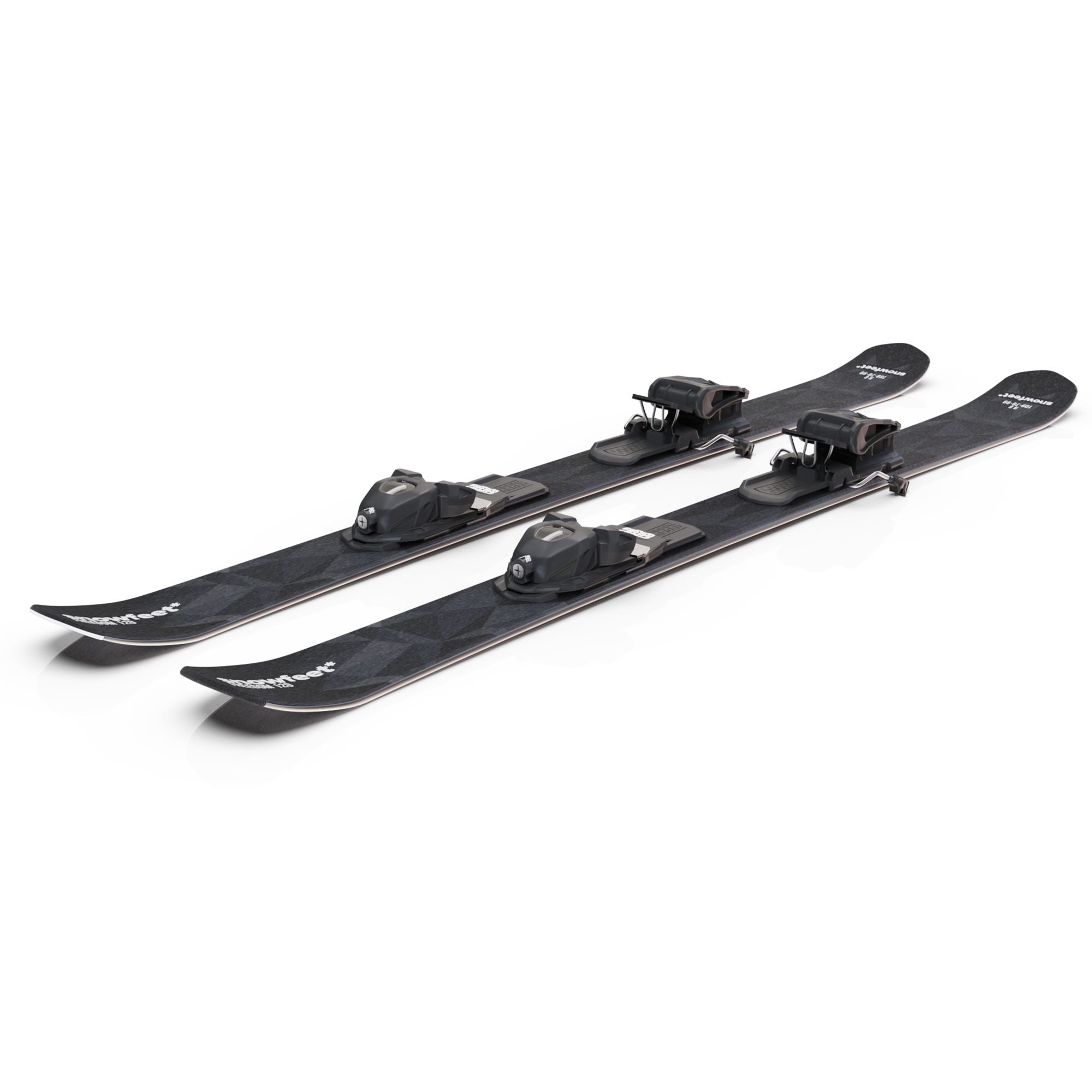
Leave a comment
This site is protected by hCaptcha and the hCaptcha Privacy Policy and Terms of Service apply.